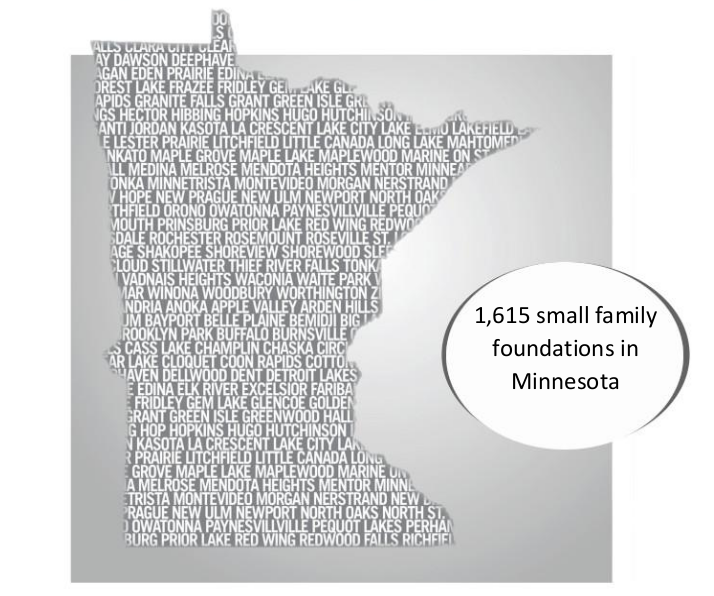“Examining Disparities in Environmental Grantmaking: Where the Money Goes” examines the environmental grantmaking practices of 220 foundations that distributed more than 30,000 grants totaling $4.9 billion that were distributed over three years.
The study, conducted by Yale School of the Environment professors Dorceta E. Taylor and Molly Blondell, reveals disparities in environmental grantmaking that are related to region, the size of the grantees’ revenues, the sex and race/ethnicity of the grantees’ chief executive, and the type of organization being funded.
The study also found that environmental justice organizations and those focused on people of color were at a disadvantage in the number of grants received and the grant dollars they were awarded.
The report argues that foundations must identify inequities in their practices and develop more equitable grantmaking processes.
Below is a copy of the Report’s Summary
- Foundations are unevenly dispersed across the country, as is the funding awarded to grantees.
The Northeast region has the densest concentration of foundations (87 were based there). However, most grants and grant dollars originated in the Pacific region; the Northeast region was second. - About 60% of the grant dollars originating in the Pacific region are awarded to grantees in that region. A similar percentage of the grant dollars generated in the Northeast stays in that region. Roughly 29% of the grant dollars generated in the Midwest stay in that region. The pattern reverses itself in the South-Central and Mountain regions. Most of the grant dollars generated in the Mountain and South-Central regions are sent to grantees in other regions.
- The fewest foundations were based in the South Central and Mountain regions. Moreover, the two regions generated the fewest awards and the lowest grant dollars. The fewest grants were also disbursed to grantees in the two regions.
- The study also found that foundations tended to fund organizations in their home state. Since most of the foundations were located in California, most of the grants and grant dollars originated in that state. Most of the grant dollars ended up going to California.
- At a micro-scale, there is an urban bias to environmental grantmaking. That is, grantees in large cities and cities with dense clusters of foundations receive the most awards and the heftiest grant dollars. Ergo, the most grants and the highest grant dollars were generated in New York City. San Francisco was second in both categories.
- Organizations’ revenues matter in their ability to attract funding. Foundations prefer to direct funding to organizations with significant revenues. Consequently, more than half of the grant dollars go to organizations with revenues of $20 million or more. Organizations with revenues under $1 million receive less than 4% of the grant dollars.
- Funding to organizations was so lopsided that several environmental organizations obtained more funding than all the environmental justice organizations combined. For instance, the Sierra Club received more than $200 million in grants, almost five times what all the environmental justice organizations combined received.
- Large mainstream environmental organizations are active participants in the process of hyper-concentrating grants. They have grant-writing teams that apply for many grants and build robust funders networks. They typically have scores of funders they rely on for grants. In contrast, smaller organizations tend to have fragile funding networks with few funders.
- The organizations studied were split into 59 categories and two tiers. The 14 categories constituting Tier I received 64% of the grants and three-quarters of the grant dollars. Natural resources and conservation protection organizations were the most prolific grant-getters. The 45 categories of Tier II organizations received a mere 25% of the grant dollars. In other words, they received fewer grants that were smaller in size.
- Foundations preferred to fund organizations working on the following issues – conservation, education, energy, ecosystems, and water resources. Though foundations lavished funding on these core topics, philanthropies also funded other issues such as social inequality, justice, empowerment, Indigenous rights, environmental justice, disaster preparedness and relief, housing and homelessness, food assistance and food insecurity, faith and religion, movement building, voter mobilization, workplace and workforce issues, and institutional diversity.
- General support grants, highly coveted by grantees, were awarded frequently. However, over 80% of the general support grants went to White-led organizations. Moreover, less than 10% of the general support grants go to organizations focused on People of Color.
- Male-led organizations obtained about 54% of the grants and more than two-thirds of the grant dollars. White-led organizations obtained more than 80% of the grants and grant dollars. Hence, White-male-led organizations received the most grants and grant dollars. White male-led organizations obtained about 48% of the grants and roughly 61% of the grant dollars awarded.
- Though 56% of the foundations funded organizations primarily focusing on People of Color, less than 10% of the grants and grant dollars go to such organizations. Female-led organizations were more likely than male-led organizations to focus primarily on People of Color.
- Roughly 46% of the foundations supported environmental justice organizations. People-of-Color-led environmental justice organizations obtained 71% of the grants and about 77% of the grant dollars.

 An AP Philanthropy Landscape Report
An AP Philanthropy Landscape Report